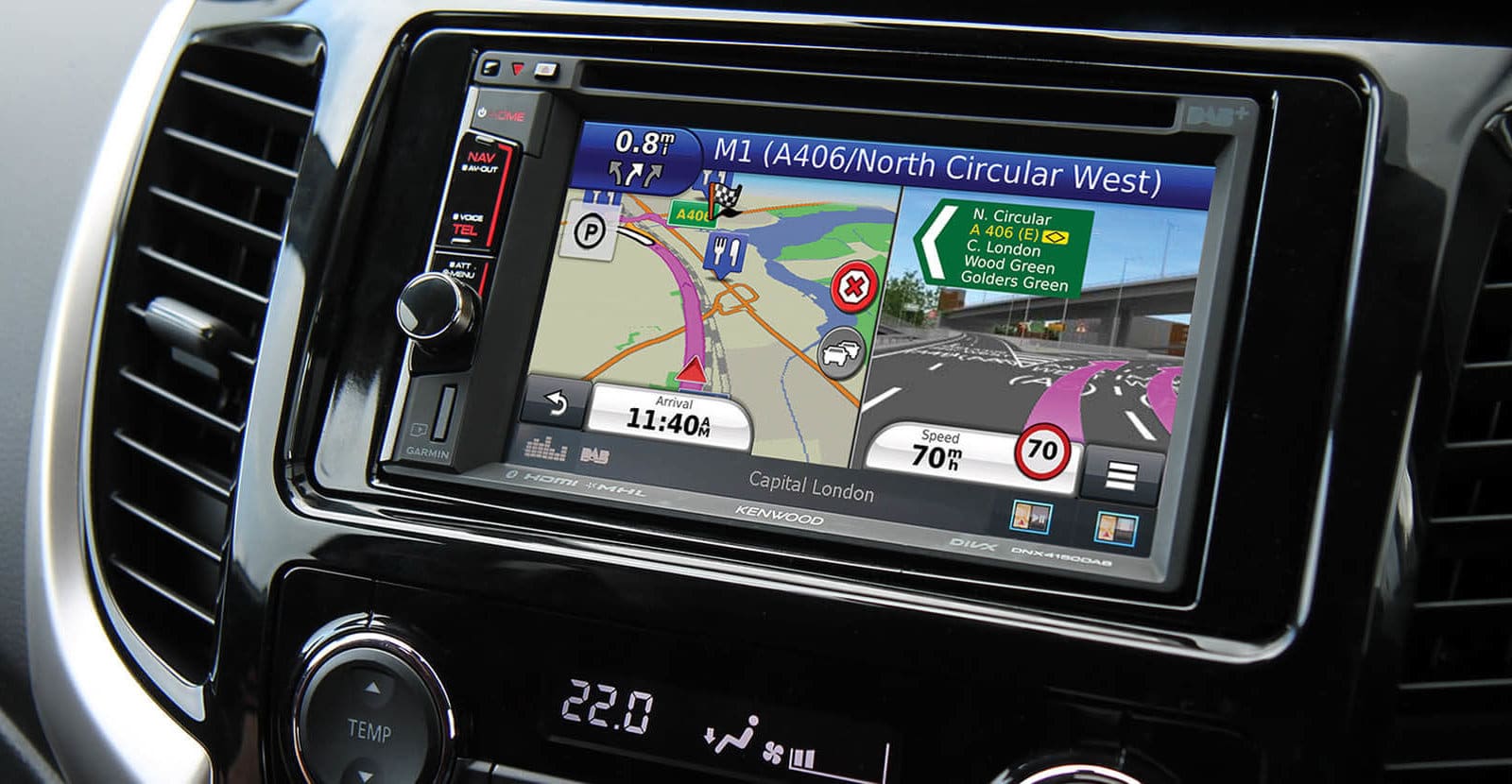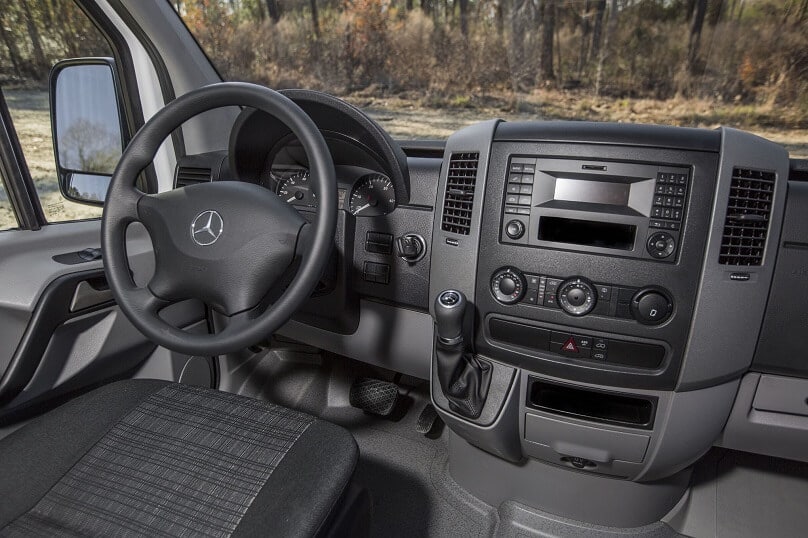Many vans now come with GPS sat nav as standard or as an optional extra, which can make getting from A to B a much simpler less stressful task. If you don’t have sat nav installed and are considering getting one there are a number of questions you first need to consider before making your purchase.
1. Price – A deciding factor for most people who will likely have a set budget when looking for their sat nav. For this reason it’s important to identify the features you absolutely need and those which it would be nice to have, as sat nav prices can range from £69 for a basic model to over £900 for the top of the range deluxe version.
2. Screen size – Sat Nav’s vary in screen size from 3.5in up to 6.1in. A larger screen size makes touch screen navigation a much simpler task and allows a larger map view to be shown on screen.
3. Screen and speech Quality – High quality graphics are vitally important; what’s on screen needs to be clear and concise to make sure that if you do take your eyes of the road you get the information you require in a glance. The most important features of any sat nav system has to be the quality and clarity of the spoken instructions and how accurate the instructions are in relation to the road. A surprising number of sat nav reviews have complaints of instructions not being accurate and short by as much as 15 or 20%. This can be a big problem for users who trust a voice over common sense as clearly shown in a survey carried out earlier in the year.
4. Map coverage – Your sat nav will come pre installed with a set of maps the standard is UK and Republic of Ireland or UK and Western Europe. These maps can be updated each year to include all the latest road changes. If you purchase a sat nav with UK maps you can upgrade the map at any time by purchasing an SD card or CD with the map you require. Other maps available include a Full European map, USA & Canada, Australia, South Africa, South America, the Middle East and Asia Maps. A point to note is that if you are buying an older unit to take advantage of getting all the features at a cheaper price you may end up having to update the maps to the latest addition if the unit is a few years old, which will be an additional cost you will need to factor. Paying for a European or USA map when you will never leave the UK is also wasted money.
5. Traffic monitoring (TMC) – Prevents you from getting stuck in holdups by continuously monitoring your route for accidents or heavy traffic. If either of these are identified the sat nav will re route your journey around the affected area to help you get to your destination quicker and save petrol in the process. Again some systems offer free updates for life while others require a monthly subscription to stay up to date.
6. Speed cameras – A feature that alerts you in advance to known fixed speed cameras so that you can check your speed an avoid picking up a speeding fine. Some systems require a subscribe to get the latest updates, while others offer free updates for life. One point to note is that some systems are unable to distinguish between the speed cameras directions, so you may get alerts for cameras on the opposite side of the road.
7. PDA/ Mobile phone or dedicated unit – Dedicated sat nav units have the advantage of being easier to use they also come with a touch screen for ease of use, while PDA and mobile phone sat nav’s often requires the use of a keyboard. It’s also a PDA’s job to keep you up to date with events and meetings, so don’t be surprised if a reminder comes up on screen while you are travelling down the motorway and blocks out your map and directions.
8. Postcode search – Allows you to get directions to your destination by simply entering a 4 or 5 digit postcode.
9. Anti-glare and fingerprint resistant coating – These features help to improve the screens visibility.
10. Bluetooth – Allows you to use your sat nav as a hands free kit, providing your phone is Bluetooth enabled. This handy feature can save 3 point on your licence and a fine of up to £1000 if you are caught using your phone without a hands free kit.
11. 2D Plan v 3D – Change from a flat 2D view (like a traditional printed map) to a 3 dimensional display that shows rendered landmarks and roads that are more representational of what you actually see through your windscreen than a flat map.
12. FM transmitters – Allows you to enter an FM frequency into the sat nav devise that’s not being used by a radio station. If you enter for instance 92.1 and tune your radio to the same frequency the sat nav system will send all audio instructions to the speakers so to enable clear volume adjustable instructions.


 Choosing a van configuration
Choosing a van configuration